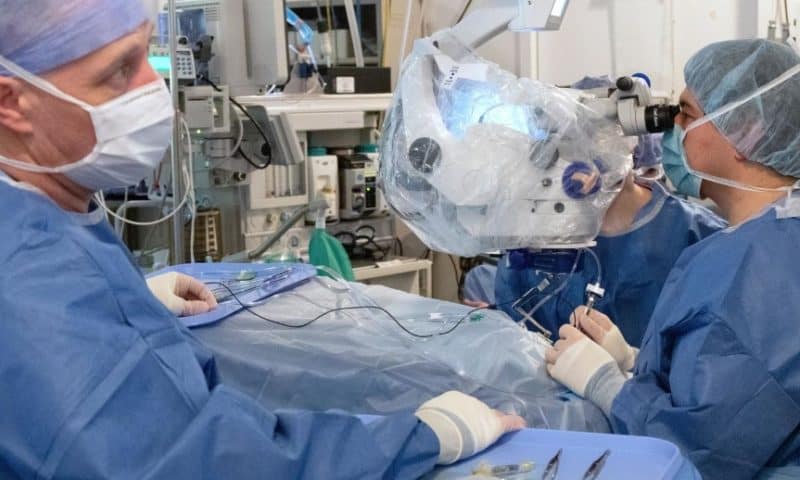PORTLAND, Ore. – For the first time, Oregon Health & Science University researchers performed a procedure to edit human genes within the body, using CRISPR.
Scientists are working to repair a gene mutation that causes a rare form of inherited blindness called Leber congenital amaurosis type 10, also known as LCA10 and CEP290-related retinal dystrophy. Most people with this gene mutation are either born blind or become blind before they turn 10 years old.
CRISPR-Cas9 is a genome editing method.
OHSU says the gene edit is designed to be permanent, but will not be passed on to the offspring of those who receive the treatment.
“Being able to edit genes inside the human body is incredibly profound,” said Mark Pennesi, M.D., Ph.D., who leads OHSU’s involvement in the BRILLIANCE clinical trial.
Pennesi said editing genes inside the body could allow doctors and scientists to treat a much wider range of diseases.

